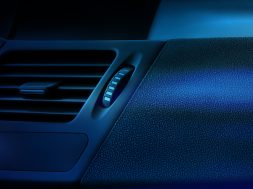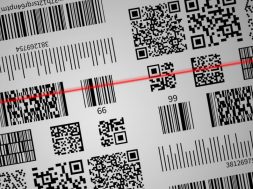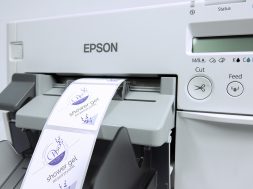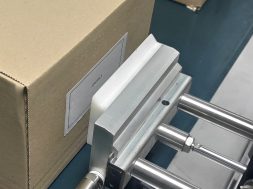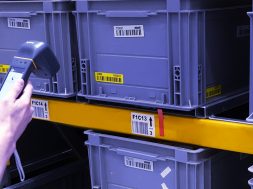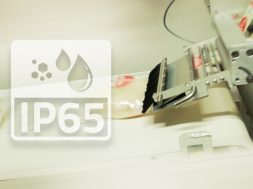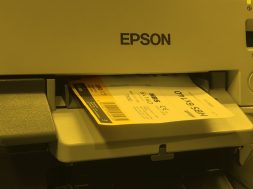![Implementation of masking tape in the automotive industry [case study]](https://blog.etisoft.eu/wp-content/uploads//2019/10/maskujace23.jpg)
Implementation of masking tape in the automotive industry [case study]
Implementation of a tape with an easily removable adhesive to mask the airbag fitting area in the process of foaming/forming the dashboard
One of the leading manufacturers of plastic components for automotive industry came to us with a question concerning the selection of appropriate masking tape. It was to be used to mask a fragment of the dashboard in the place where the airbag was installed. The products used so far did not fully meet the customer’s expectations. He approached us with a clear definition of his requirements.
Customer requirements for the selection of an appropriate masking tape:
The customer has clearly defined all the key aspects. When choosing a solution, we had to take into account, among others, the following factors:
- adhesion to plastic surfaces (PP+20% glass fiber – the material of the dashboard body)
- good adhesion of polyurethane PU foam to the surface of the masking tape
- resistance of the masking tape to the process of flaming before the application of PU foam
- the durability of the masking tape to 2 bar (30 kg/cm²) pressure occurring during the process of foam injection into the mould.
How to choose the right solution – cooperation of R&D departments
The scope of work and tests that were to be carried out concerned both laboratory tests and tests carried out directly at the customer’s location. The most effective solution was therefore a model based on which we work, i.e. direct cooperation between the R&D departments of Etisoft and the customer.
This made it possible for us to carry out some of the tests in our own laboratory. Those that are directly related to the production line were tested in the customer’s production plant.
The conditions that were presented by the client required testing several material suggestions. Technologists separately considered the requirements set by the customer to make sure that we understand each of them in exactly the same way.
Testing materials in the Etisoft laboratory
First of all, we performed a number of tests in laboratory conditions. We carried out (preliminary) tests of adhesion, migration of glue from the tape to the dashboard surface. These tests gave us the base to choose the materials from which the final product – the masking tape – can be made.
Taking into account the requirements concerning the selection of an appropriate masking tape, we proposed two material solutions:
- tape made of creped paper with high-temperature adhesive
- polyester tape with silicone adhesive
Testing of material samples at the customer’s site
After carrying out tests in our laboratory, the samples of both proposed materials selected by us were subjected to tests performed by the R&D department directly in the production conditions.
Selected samples of the materials have been subjected to the following tests:
- temperature test – flame temperature approx. 1700°C (300-400°C on the surface)
- pressure-foam test: approx. 2 bar (30 kg/cm²).
Technologists conducting research have verified the obtained results by testing, among others, the following
- the surface temperature of the masking tape is approx. 40°C;
- taking into account the visual / tactile aspect, the modification of the tape surface cannot be detected
- possible mechanical weakening of the tape in the place of the holes (finger puncture).
- easy removal of the tape before and after the flaming process
- the adhesive for easy removal of the tape before and after the flaming process.
Polyester masking tape – a proven solution at the customer’s site
Analyzing the obtained results, the best solution was polyester tape. The samples passed both our laboratory tests and those carried out in the final shape and target production process at the customer’s site. Due to the specific requirements of the customer, resulting in the necessity to carry out many specialist tests, the implementation time took us about eight months.
The implementation of the masking tape based on polyester tape proved to be a trouble-free process in the customer’s application. It also fully met the customer’s technical requirements.
If our solution is interesting to you or you have a similar problem – contact us.
(206)
